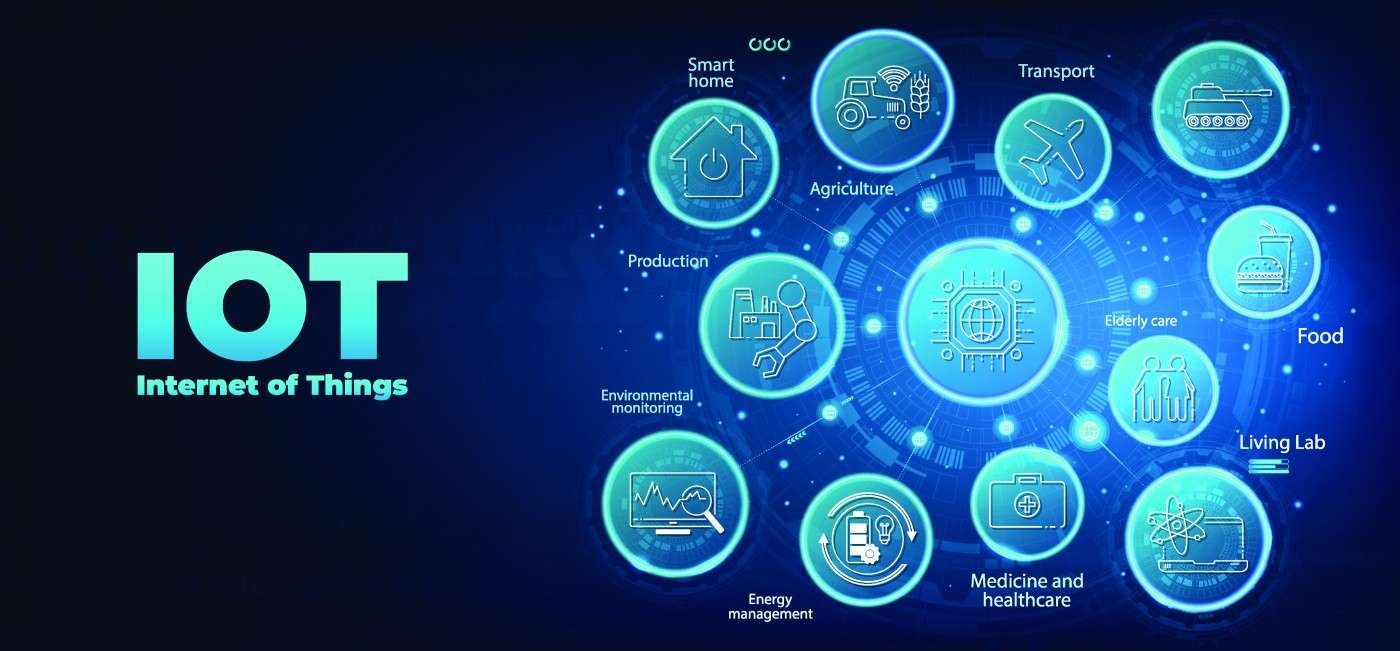Why IoT Integration is Essential for Modern Electronic Products

Why IoT Integration is Essential for Modern Electronic Products
The Internet of Things (IoT) has rapidly evolved from being a futuristic concept to becoming a game-changing force in consumer electronics. If you’re designing the next big electronic product, IoT integration is no longer optional; it’s a necessity. With IoT embedded systems enhancing functionality, data analytics, and user experiences, modern products are reshaping industries from home automation to healthcare.
This blog explores why IoT integration is critical for consumer electronics, highlighting its benefits, key components, real-world applications, and how expert IoT design can set your product apart.
Understanding IoT Integration
Before we get into the why, it’s important to grasp the what. IoT integration involves embedding technology into everyday devices, enabling them to communicate with each other and with users via the internet. From thermostats that adjust based on your preferences to wearable health monitors, IoT bridges the gap between the digital world and physical objects.
At the heart of IoT integration lies a network of connected devices working in harmony. This ecosystem includes sensors, cloud systems for data storage, firmware for device communication, and user-friendly applications for control. Together, they allow devices to offer real-time insights, predictive analytics, and automation that enhance user convenience.
Why IoT Integration Matters
IoT integration in consumer electronics unlocks a myriad of benefits that appeal to both businesses and users. Here’s why it matters:
1. Remote Control and Convenience
IoT-enabled devices empower users to control gadgets remotely through apps or voice commands. Whether it’s switching off a light or checking your home security while on vacation, IoT integrations bring unparalleled convenience.
For instance, smart home systems like Google Nest and Amazon Echo allow users to manage multiple appliances with a single app or voice assistant. This level of control, offered by IoT embedded systems, is no longer a luxury but an expectation from today’s tech-savvy consumers.
2. Data Analytics for Better Performance
IoT devices generate a wealth of data that can be analyzed to optimize performance. For businesses, this means actionable insights. For users, it translates to devices that learn, adapt, and improve over time.
For example, IoT-enabled wearables like fitness trackers offer users insights into their health metrics, while businesses like Fitbit use the aggregated data to enhance device functionality and plan future upgrades.
3. Enhanced User Experience
IoT transforms user experiences by personalizing products and services. Through predictive algorithms, IoT devices anticipate user needs and offer tailored solutions.
Picture this: A smart refrigerator that alerts you when food items are running low and even suggests recipes based on its contents. IoT integration makes such innovations possible.
4. Sustainability and Cost Efficiency
Many IoT devices optimize energy consumption, making them eco-friendly and cost-efficient. Smart thermostats, for instance, adjust heating or cooling based on occupancy and weather, saving energy and lowering electricity bills.
Key Components of IoT Integration
To understand how IoT works within consumer electronics, it’s important to know its core components. Each plays a critical role in creating a seamless IoT ecosystem:
1. Sensors
Sensors are the backbone of IoT embedded systems. These components gather data from the environment, such as temperature, motion, or light. For example:
- Temperature sensors in smart thermostats
- Proximity sensors in IoT-enabled security systems
- Light sensors in automated lighting solutions
2. Cloud Infrastructure
IoT relies on cloud platforms to store, process, and manage the massive amounts of data generated by connected devices. Companies like AWS IoT and Microsoft Azure provide robust infrastructure to support reliable cloud connectivity.
3. Firmware and Communication Protocols
Firmware embedded in IoT devices facilitates communication between the hardware and the cloud. Bluetooth Low Energy (BLE), Zigbee, and Wi-Fi are common communication protocols that enable connectivity. Reliable firmware ensures devices remain secure, adaptable, and operational.
4. User Interfaces
The user interacts with the IoT devices through intuitive interfaces, often in the form of mobile apps or web dashboards. These interfaces simplify usability and ensure a positive user experience by displaying actionable insights and options.
Real-World Applications Case Studies
IoT integration has already revolutionized industries. Here are two areas where IoT embedded systems are game-changers:
1. Smart Home Devices
Products like smart locks, thermostats, and lighting systems epitomize how IoT is reshaping domestic spaces:
- Example: Philips Hue smart lights allow users to change colors, brightness, and automate settings using both mobile apps and voice assistants.
- Impact: Higher convenience, energy savings, and a personalized home environment.
2. Healthcare Evolution
IoT has made incredible strides in healthcare by enabling remote monitoring and real-time data tracking:
- Example: Medtronic’s continuous glucose monitoring system connects with mobile devices, providing patients with real-time updates on their health.
- Impact: Improved patient care through predictive monitoring, reducing emergencies and healthcare costs.
Partnering with Experts in IoT Development
Integrating IoT into your consumer electronics requires technical expertise and strategic planning. This is where Avantari comes in. With a proven track record of designing smart IoT-ready solutions, we specialize in:
- IoT product conceptualization and prototyping
- Designing and deploying sensors, firmware, and communication protocols
- Tailoring custom applications for seamless user experiences
- Ensuring security and scalability for long-term success
Our mission is simple: to help businesses create innovative, scalable IoT-enabled devices that outshine the competition.
Building Scalable IoT-Ready Devices
Integrating IoT into your products is no longer a forward-thinking option; it’s a present-day requirement. From enhancing user experiences and creating sustainable devices to leveraging data for strategic growth, IoT has redefined what modern electronics can achieve.
The time to act is now. If you’re ready to take your consumer electronics product design to the next level, partner with experts who can bring your vision to life. Contact Avantari today and start building smarter products for tomorrow.

